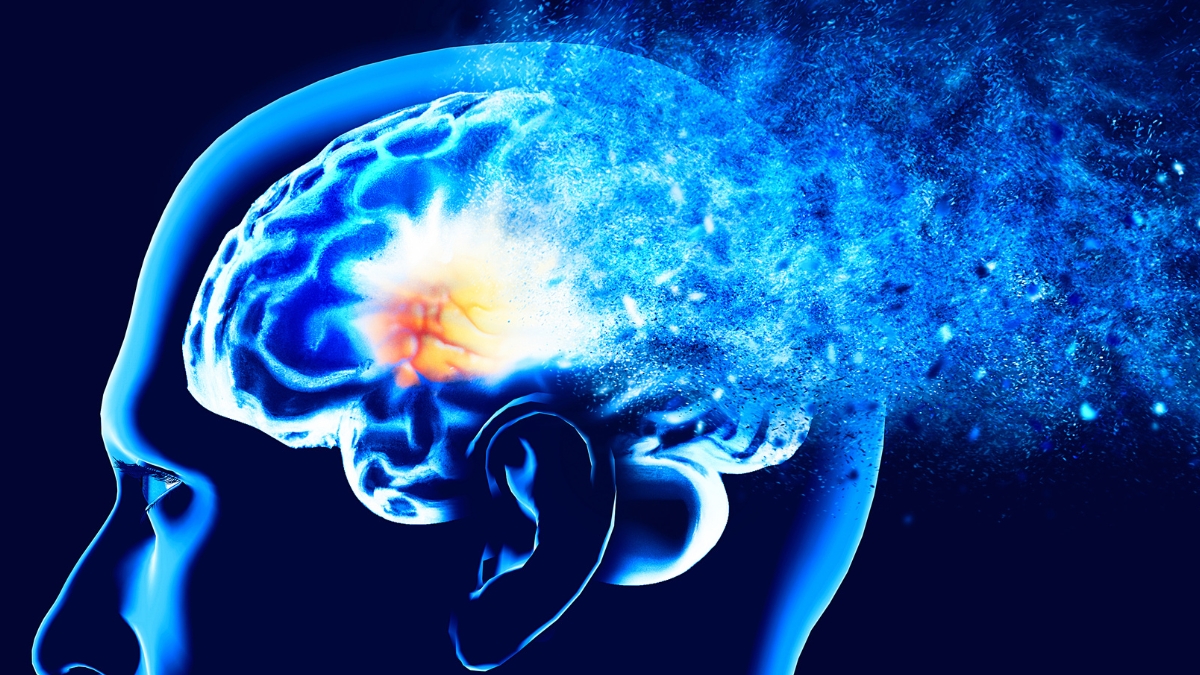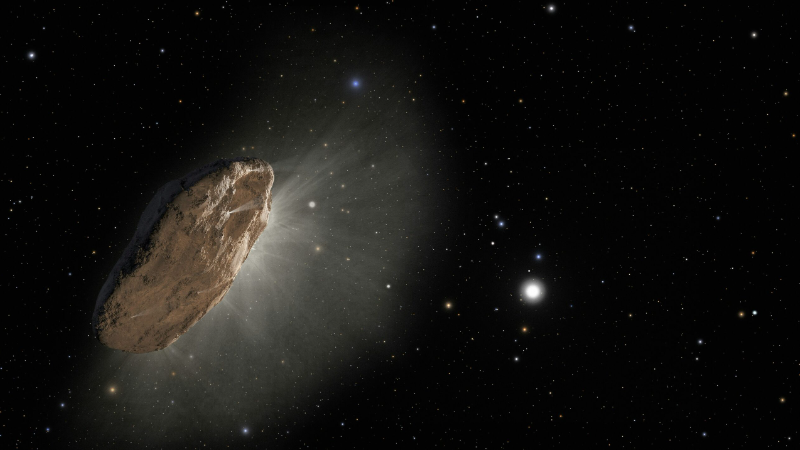This statement might sound like a line from a sci-fi movie, but what if life on Earth didn’t start here at all?
For decades, that question sat on the fringe of science, it was filed next to crop circles and UFOs. But now, with new data from NASA and Japan’s space agency, a once-laughed-off idea is quietly moving into the realm of possibility.
It turns out that some researchers think life, or at least the ingredients for it, may have arrived on Earth from space. The theory is called panspermia, and recent findings from asteroid samples are giving it more weight than ever before.
From punchline to plausible
When British astronomers Fred Hoyle and Chandra Wickramasinghe first suggested in the 1970s that comets could have “seeded” life on Earth, the reaction was brutal. Hoyle’s reputation in mainstream science never recovered. But half a century later, scientists are now sifting through asteroid dust and its data and finding traces of the same story.
NASA’s and Japan’s missions both returned pieces of ancient asteroids to Earth. Inside the asteroids researchers have found carbon, ammonia, salts, and even amino acids, which are the molecules that make up proteins. In January 2025, scientists said OSIRIS-REx’s samples contained 14 of the 20 amino acids used by life on Earth, plus chemical precursors of DNA and RNA.
“Bennu is basically a pantry full of ingredients,” said Dr. Jason Dworkin, NASA’s lead scientist on the OSIRIS-REx mission. “But it wasn’t quite the right conditions to make a cake. On Earth, we have cake, and we don’t know why.”
The Mars connection
The idea that life might travel between worlds isn’t new. In 1996, NASA claimed to have found “microfossils” inside of a Martian meteorite discovered in Antarctica, a finding that was later debunked, but not before President Bill Clinton announced it from the White House lawn.
That brief moment of excitement sparked a generation of research into how life could possibly hitchhike across the solar system. Today, scientists know for a fact that rocks do travel between Earth and Mars, catapulted by impacts and carried through space. However, whether microbes could survive the trip is still up for debate.
“Mars cooled faster than Earth, so it may have been ready for life sooner,” said Professor Paul Davies, a theoretical physicist and astrobiologist at Arizona State University. “It’s entirely possible we’re all descendants of Martians.”
Seeds among the stars
The theory doesn’t stop at Mars. Some researchers think the same process, rocks trading material and chemistry, might happen between entire star systems.
Astronomers have already spotted interstellar visitors like ‘Oumuamua and Comet Borisov, both moving so fast they couldn’t have originated here. If chunks of rock can travel between stars, could life, or its building blocks, do the same?
“The fact we’re finding that stuff can be kicked out of one planetary system and make its way to another shows it’s not impossible,” said planetary scientist Fred Ciesla from the University of Chicago. “It’s rare, but it’s not crazy.”
Still, most scientists do agree that the odds are tiny. The journey between stars would likely sterilize almost anything biological. Inside a single solar system, though, like our own or TRAPPIST-1, a compact cluster of seven Earth-sized planets, the math looks much better. In that system, scientists estimate that 10% of debris from one habitable planet could land on another within 100 years.
Comets, chemistry, and cosmic timing
The panspermia idea doesn’t actually require microbes to survive the trip, just chemistry. If asteroids and comets brought amino acids, sugars, and salts to Earth billions of years ago, they could have jump-started life once the planet cooled down.
“Earth went through a molten phase early on,” said Dworkin. “Anything organic here would have burned away. So maybe the ingredients arrived later, delivered by the same impacts that brought our oceans.”
So… are we aliens?
For now, there’s no proof that we’re aliens. But there are increasingly awkward questions being asked by more and more scientists.
If asteroids can carry the molecules of life, and those same molecules exist across the galaxy, it suggests the recipe for biology isn’t unique to Earth. Instead, it may be written into the dust between the stars.
And that means humanity’s oldest story about life beginning in a warm pond on a young Earth could be missing its opening scene.
“We have to contend with the fact we really don’t know where life began,” said Davies. “And it’s entirely likely it didn’t begin on Earth.”
Whether that makes us aliens depends on how you look at it. But either way, we’re starting to realize that the universe might be better at spreading life than we ever imagined.
Source: ScienceFocus
Read the original article on GEEKSPIN.
Affiliate links on GEEKSPIN may earn us and our partners a commission.
First Appeared on
Source link













